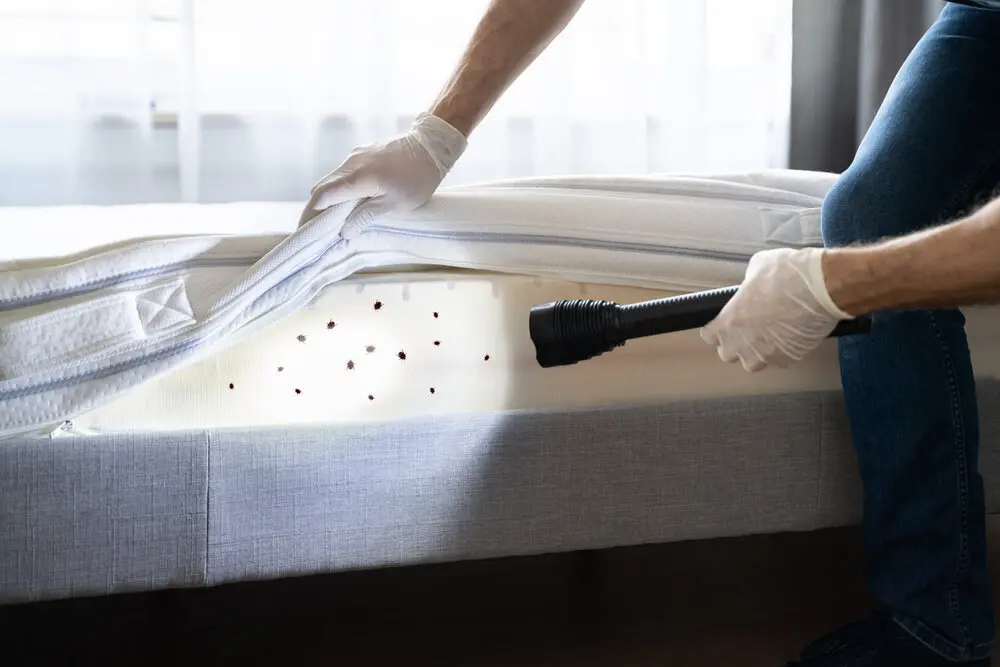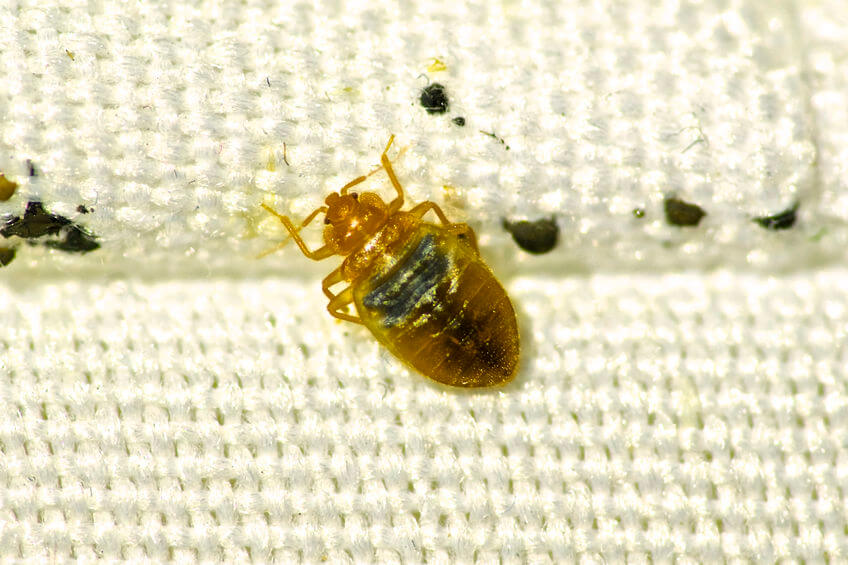Affordable A1 Bed Bug Removal in Houston - Professional Exterminators
Affordable A1 Bed Bug Removal in Houston - Professional Exterminators
Blog Article
Comprehending the Lifecycle of Insects for Targeted Control Approaches
Recognizing the lifecycle of parasites is an essential element of effective bug management techniques. With a much deeper understanding of how parasites prosper and develop, customized control methods can be made to address specific factors in their lifecycle, ultimately leading to more successful bug monitoring end results.
Value of Comprehending Bug Lifecycle
Recognizing the lifecycle of parasites is necessary for creating efficient and targeted control approaches in parasite administration. By comprehending the various phases a bug goes with from egg to adult, bug control professionals can identify prone factors in the lifecycle where treatment can be most effective.
Furthermore, identifying the certain ecological conditions needed for every stage of the bug's lifecycle can assist decisions on environment alteration or exemption methods to interrupt the lifecycle and lower pest populaces. This knowledge enables pest monitoring specialists to apply positive measures instead of counting only on reactive treatments, causing more long-lasting and lasting insect control remedies. Ultimately, a detailed understanding of pest lifecycles equips pest control practitioners to customize their methods efficiently, maximizing and reducing environmental impacts control outcomes.
Key Phases in Parasite Development
To efficiently apply targeted control techniques in parasite administration, a crucial facet lies in comprehensively identifying and understanding the essential phases in parasite growth. Pest development normally contains a number of key stages that are crucial for their lifecycle and management. The initial stage is the egg phase, where insects lay eggs that later on hatch into larvae. Larvae after that advance right into pupae, a phase where they undergo transformation before arising as grown-up insects. Recognizing these stages is important as it aids in determining weak spots in the lifecycle where control measures can be most reliable.

Vulnerabilities in Insect Lifecycle
Throughout the various stages of a parasite's lifecycle, unique susceptabilities emerge that can be purposefully targeted for effective control actions. One crucial vulnerability lies in the egg phase, where parasites are typically extra susceptible to certain pesticides or biological control representatives as a result of their soft external shell, making them less complicated targets for treatment. Furthermore, the nymph or larval phase presents susceptabilities as parasites undertake quick development and development, calling for high power usage that can be manipulated by disrupting their food resources or introducing growth inhibitors. Pupal stages, identified by immobility and change, offer a home window for targeted control with physical obstacles or certain treatments that prevent successful appearance. Adult pests, while much more durable due to their reproductive ability, can still be prone throughout breeding or egg-laying activities, which can be interfered with with scent traps or sanitation methods. Comprehending these susceptabilities in the parasite lifecycle is essential for creating exact and efficient control strategies that successfully manage bug populations while minimizing ecological effect.
Implementing Targeted Control Actions

Carrying out targeted control procedures typically includes a multi-faceted strategy. This might consist of habitat alteration to make the setting less friendly to parasites, such as eliminating standing water for mosquito control or sealing access points for rats. Furthermore, biological control methods can be used, where all-natural killers or pathogens are presented to keep pest populations in check.
Chemical control, such as the cautious application of chemicals, is an additional usual method. It is essential to use these materials judiciously to minimize environmental effect and prospective harm to non-target species - A1 bed bug removal houston. Integrated Bug Administration (IPM) methods that integrate different control measures in a worked with look at here now and lasting way are commonly the most efficient in accomplishing lasting parasite administration objectives. over at this website By carrying out targeted control procedures based upon a detailed understanding of parasite lifecycles, insect populaces can be successfully managed while minimizing risks to human health and the setting.
Improved Bug Management Practices

Moreover, the incorporation of organic control agents, such as natural killers or microorganisms of bugs, can help in reducing dependence on chemical pesticides and promote a more balanced environment. Carrying out physical obstacles and traps can additionally be part of enhanced insect administration practices, using non-toxic and targeted remedies for pest control. Additionally, using scents and various other semiochemicals can interrupt pest breeding patterns and communication, causing decreased insect populaces with time.
Final Thought
To conclude, comprehending the lifecycle of pests is crucial for effective bug management techniques. By identifying vital stages in insect growth and vulnerabilities in their lifecycle, targeted control actions can be executed to reduce parasite populaces. Improved bug check my site management methods can aid lower the reliance on broad-spectrum chemicals and advertise even more environmentally pleasant and sustainable pest control approaches. This expertise plays an essential duty in keeping healthy ecosystems and farming performance.
Comprehending the lifecycle of bugs is essential for establishing effective and targeted control approaches in parasite administration. By understanding the numerous phases an insect goes via from egg to adult, parasite control professionals can identify prone points in the lifecycle where treatment can be most successful. Inevitably, a comprehensive understanding of parasite lifecycles encourages insect control professionals to customize their techniques effectively, lessening environmental impacts and optimizing control end results.
By implementing targeted control steps based on a thorough understanding of parasite lifecycles, bug populations can be properly controlled while decreasing threats to human wellness and the environment.
By recognizing key stages in parasite development and vulnerabilities in their lifecycle, targeted control procedures can be carried out to reduce insect populations.
Report this page